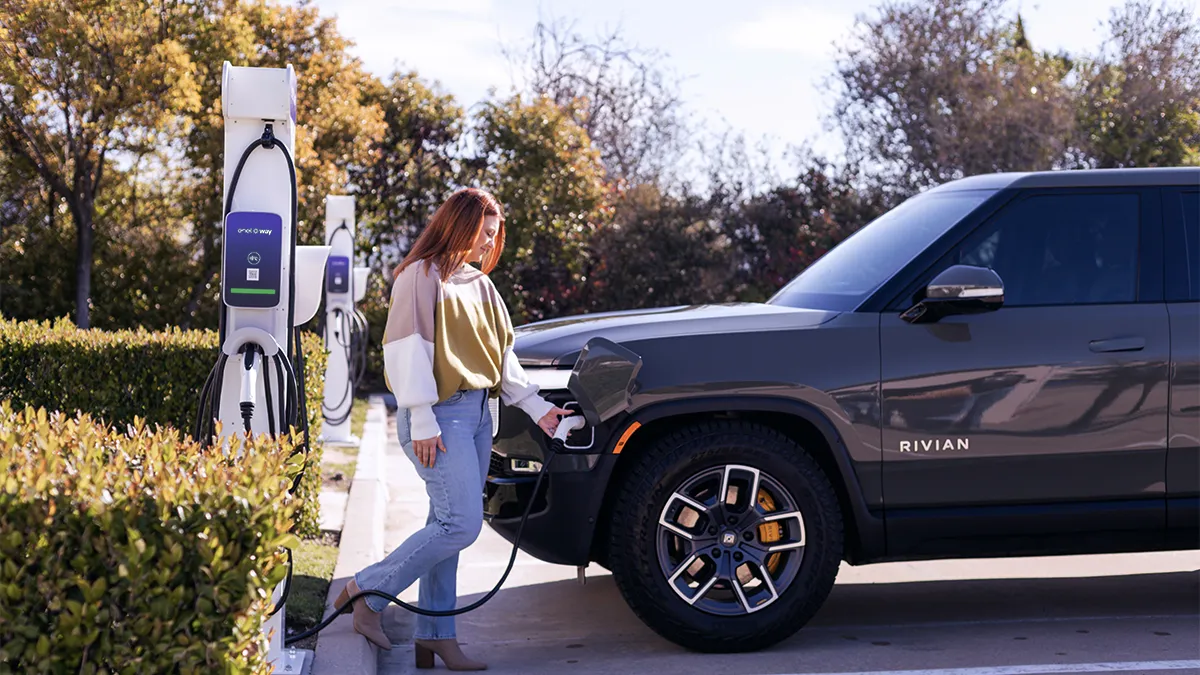Industry standards for electric vehicle supply equipment, or EVSE, including consumption controls, frequency response and other operational elements, may be necessary to reduce the potential for “catastrophic” grid impacts during short and infrequent grid disturbances that originate from the bulk power system, according to a report published Monday by three groups including the North American Electric Reliability Corp.
The report recommends “early engagement and information exchange between the electric utilities and the EV/EVSE manufacturing industry to facilitate anticipation and timely resolution of potential grid reliability issues.”
The report also notes that preliminary testing shows some EV chargers “already appear to behave in a manner that is grid friendly ... This is encouraging because it suggests that only modest changes might be required to make all EV charging and EVSE technologies operate in a grid-friendly manner.”
The California Mobility Center and the Western Electricity Coordinating Council also developed the joint report, “Electric Vehicle Dynamic Charging Performance Characteristics during Bulk Power
System Disturbances.”
“As the electrification of the transportation sector continues to grow, the North American grid must be prepared,” said NERC President and CEO Jim Robb.
The number of electric vehicles on the North American grid is expected to grow rapidly. The Environmental Protection Agency on Wednesday proposed new federal emissions standards that could mean EVs account for 67% of new U.S. light-duty vehicle sales by model year 2032.
The U.S. Energy Information Administration projects electricity consumption by the transportation sector will increase from 12 billion kWh in 2021 to more than 145 billion kWh in 2050, the report notes.
A “dramatic increase in demand” to support the growth of EVs “will challenge the electric power system in many ways,” the joint report warns. The growth is “unprecedented and is taking place at the same time electricity system operators and planners are also focused on integrating rapidly growing levels of inverter-based generation resources, extreme weather impacts, and increasingly malicious security threats.”
The report recommends chargers and other equipment “employ a steady-state control strategy that use constant current control rather than constant power level control during normal operation” to allow for variations in power consumption “in direct proportion to changes in voltage.”
“Therefore, when grid voltages are depressed during unexpected emergencies, EVs and EVSEs support the grid by reducing their power consumption, improving overall grid voltage stability,” according to the report. Other recommendations aim to help charging equipment support grid reliability by contributing to system frequency response and ensuring distribution system voltages can be managed.
“EV and charger manufacturers are “strongly encouraged to collaborate with NERC and the national laboratories through the exchange of EV charger performance data,” the report said.
Correction: A previous subhead on this story contained an error. The joint report warns grid disruptions are possible if electric vehicle charging equipment does not play well with the bulk power system.















